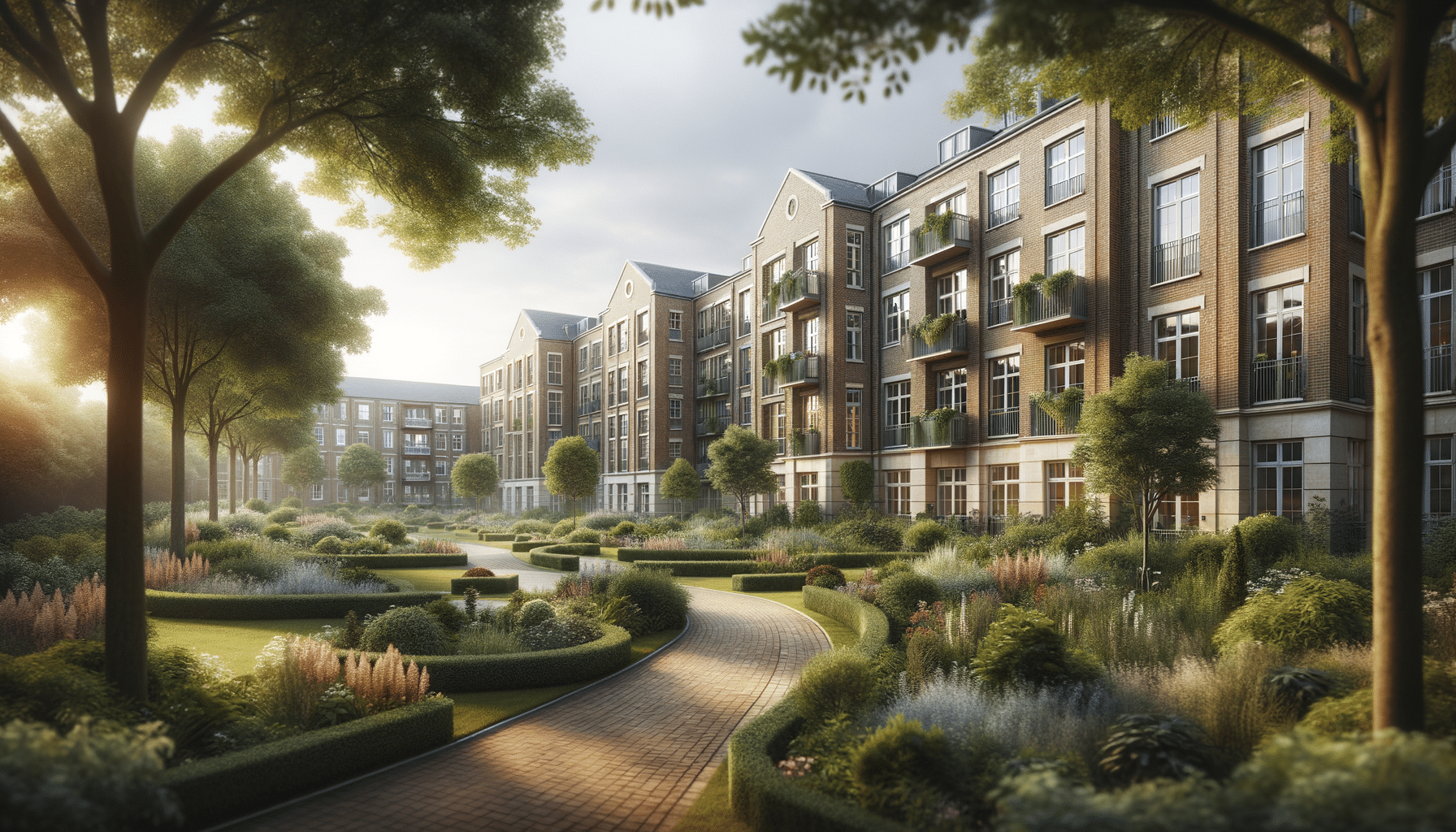
Exploring Senior Apartments: A Comprehensive Guide
Introduction to Senior Apartments
As the population ages, the demand for specialized housing solutions for seniors is growing. Senior apartments, specifically designed for older adults, provide a unique blend of independence and community support. These living spaces are tailored to meet the needs of seniors, offering amenities and services that cater to their lifestyle. Understanding the nuances of senior apartments can help families and individuals make informed decisions about their living arrangements.
Features and Benefits of Senior Apartments
Senior apartments are crafted with the needs of older adults in mind, offering a range of features that enhance comfort and convenience. Key benefits include:
- Accessibility: Apartments are typically designed to be easily navigable, with features such as elevators, ramps, and wide doorways.
- Safety: Enhanced safety measures, including emergency call systems and secure entry, ensure peace of mind for residents and their families.
- Community: Many senior apartments foster a sense of community, offering social activities and communal spaces where residents can interact and build relationships.
- Maintenance-Free Living: Residents enjoy a maintenance-free lifestyle, as management handles repairs and upkeep, allowing seniors to focus on enjoying their time.
These features make senior apartments a popular choice among older adults seeking a balance of independence and support.
Types of Senior Apartments
Senior apartments come in various types, each catering to different needs and preferences. Understanding these options can help seniors choose the right environment for their lifestyle:
- Independent Living: These apartments are suitable for seniors who can live independently but prefer a community setting. They typically offer amenities like meal plans, housekeeping, and transportation.
- Assisted Living: For seniors requiring some assistance with daily activities, assisted living apartments provide personal care services alongside community living.
- Age-Restricted Communities: These are designed for active seniors over a certain age, often 55+, and offer a range of recreational activities and amenities.
Each type of senior apartment offers unique benefits, making it crucial for seniors and their families to assess their needs and preferences carefully.
Financial Considerations
Financing senior living can be a significant concern for many families. The cost of senior apartments varies widely depending on location, amenities, and the level of care provided. Key financial considerations include:
- Monthly Rent: This typically covers housing, utilities, and some amenities. It’s important to understand what is included in the rent to avoid unexpected expenses.
- Additional Fees: Some communities may charge extra for certain services, such as meals, housekeeping, or transportation.
- Insurance and Benefits: Seniors should explore insurance options and benefits, such as long-term care insurance or veterans’ benefits, which may help offset costs.
Planning and budgeting for senior living is essential to ensure financial stability and peace of mind.
Choosing the Right Senior Apartment
Selecting the right senior apartment involves careful consideration of various factors. Here are some tips to help make the decision easier:
- Assess Needs: Evaluate the level of care and amenities needed. Consider current health conditions and future needs.
- Visit Multiple Locations: Touring various apartments can provide a sense of the community atmosphere and available amenities.
- Read Reviews: Online reviews and testimonials from current residents can offer valuable insights into the quality of living in different communities.
- Consult with Family: Involving family members in the decision-making process can provide additional perspectives and support.
Choosing a senior apartment is a significant commitment, and taking the time to research and evaluate options can lead to a more satisfying living experience.


